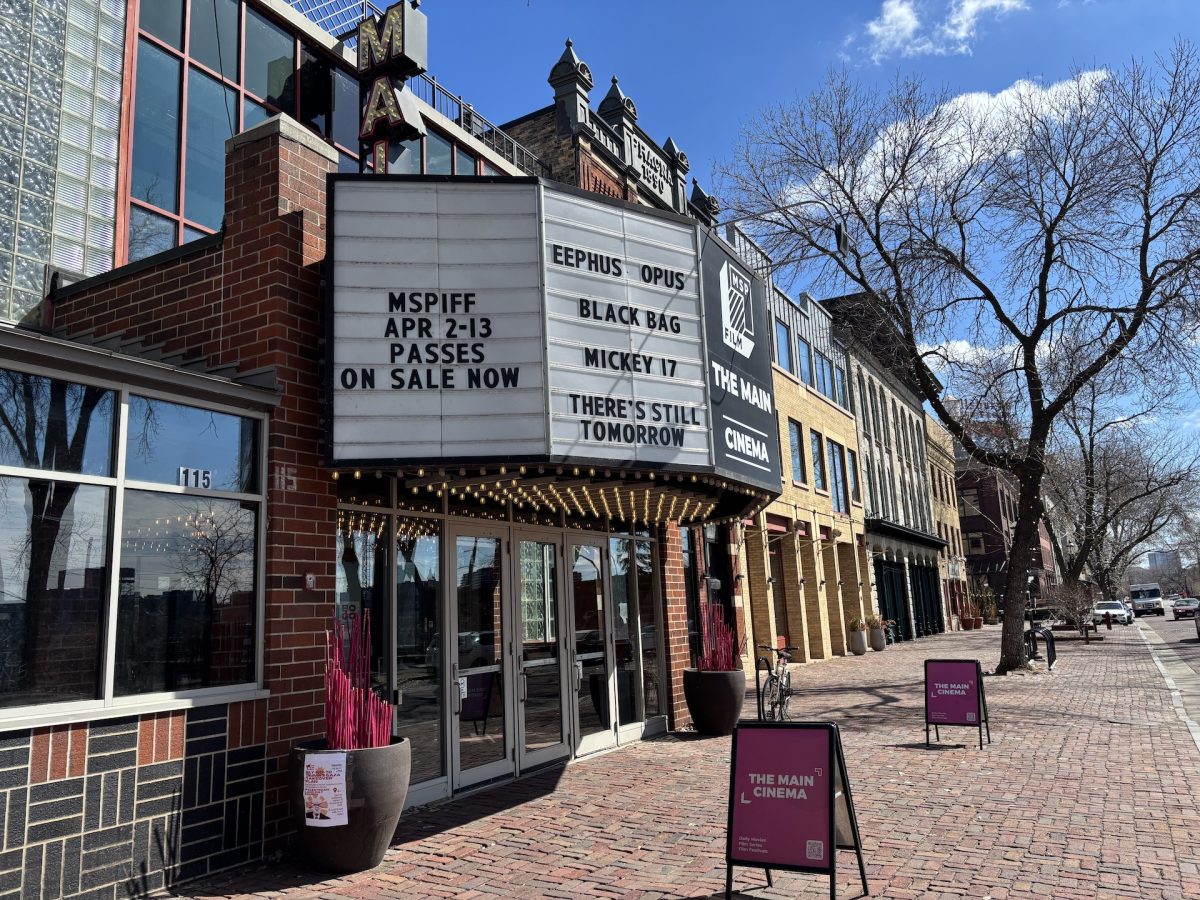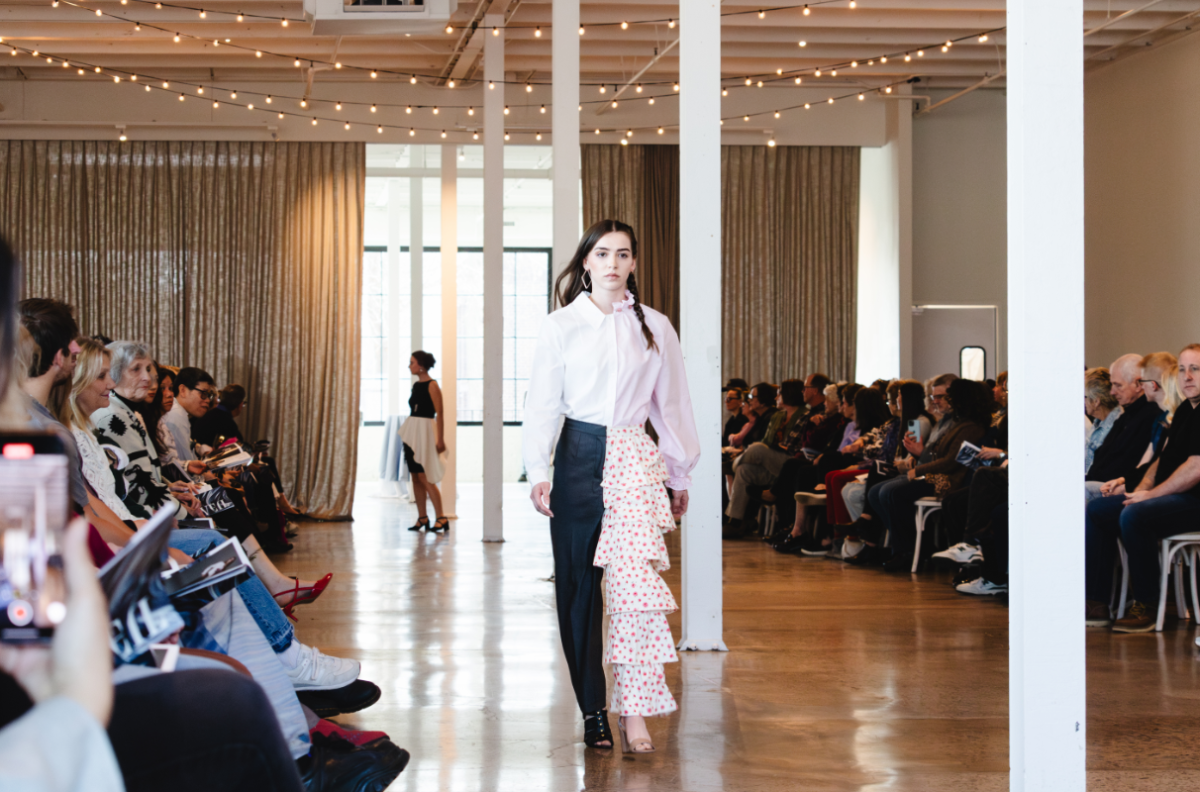Life indoors can be dull. But luckily, Minneapolis’s premier art centers are taking steps to provide virtual gallery experiences, live streams, artist lectures and more. Here is where to get your social distancing-approved dose of artwork.
With the Minneapolis Institute of Art’s “Mia at Home” initiative, art lovers have more access than ever to exhibits, despite not being able to visit physically.
Three-dimensional models allow you to view statues, pottery and micro art from every angle. The museum’s podcast, called “The Object,” offers impressive lessons in art history, including episodes about a disappeared piece of Rembrandt artwork and the story of why silverware, which is on display at Mia and online, was believed to be a poison antidote.
Douglas Hegley, chief digital officer at Mia, said the museum was well-positioned for a shift to digital operations, with much of the content in place ahead of the COVID-19 closure.
“I think our content is more thoughtful than ever about who the audience is, what they’re going through and what they are seeking from us,” he said. “What we’re trying to do is be of service to the community.”
Visit the Walker Art Center digitally by scrolling through its catalog featuring thousands of works of art, watching artist interviews or attending virtual drawing classes, which will start in the coming weeks.
Mariana Quiroga, director of strategic communications at the Walker, said when COVID-19 closures hit, the museum first thought of how to transition its upcoming exhibits to digital forms.
One of these adapted exhibits is the three-part film series INDIgenesis, which was set to open in mid-March but is now available online. The film series showcases the work of Native filmmakers and artists.
For coloring enthusiasts, the museum offers limited-edition downloadable coloring pages created by artist Frank Big Bear, a Minnesota native and graduate of the University of Minnesota.
Through these difficult times, Quiroga recognizes a silver lining, saying these new circumstances give her and other staff time to focus on the website and reach different audiences.
“As we’re creating new content we’re having a lot of conversations. Are we creating content that sticks to different audiences, that helps new audiences engage with the Walker?” she said.
On campus, the Weisman Art Museum is working to become a digital-first museum.
A three-dimensional view of an exhibit featuring the work of Harriet Bart, a pioneering feminist artist from Minnesota, can be found on the museum’s website. The collection includes fiber art, paintings, sculptures, prints, multimedia works and more.
Student-guided virtual tours will start in late April or May, according to Susannah Schouweiler, director of marketing and communications at the Weisman.
In addition to fortifying their online collection, the museum is doing its part to support artists.
“We work with a lot of artists, and we want to find ways to keep them employed as best we can,” Schouweiler said. This means fulfilling existing contracts and finding new ways to commission works of art during social distancing.
Schouweiler sees the next few weeks as an opportunity to experiment with and build the Weisman’s online presence.
“I think after we all come back together in person, once the galleries are reopened, normal is not going to be old normal, it’s going to be new normal,” she said.
“This digital community that we’re building isn’t gonna just go away — the experiments that work well will be things that we’ll want to continue in some way, long after we’re reopened.”







